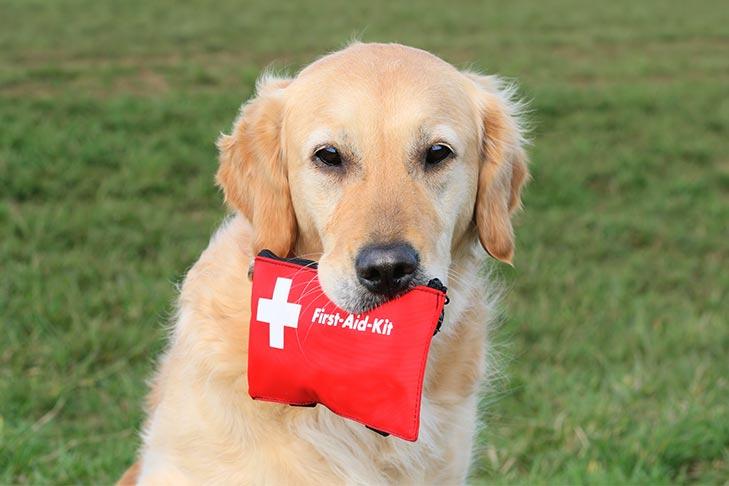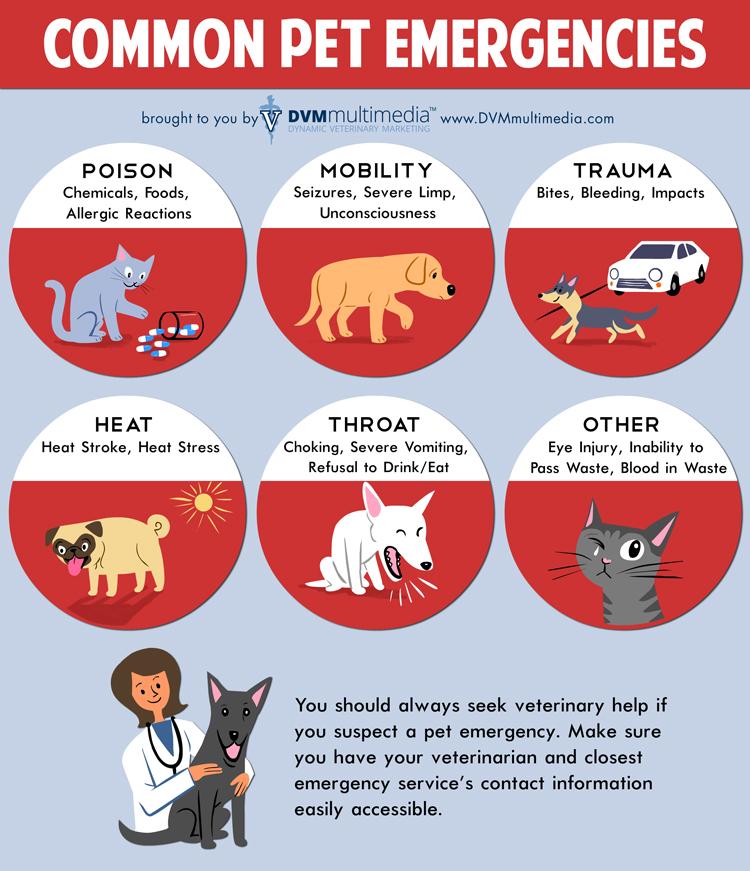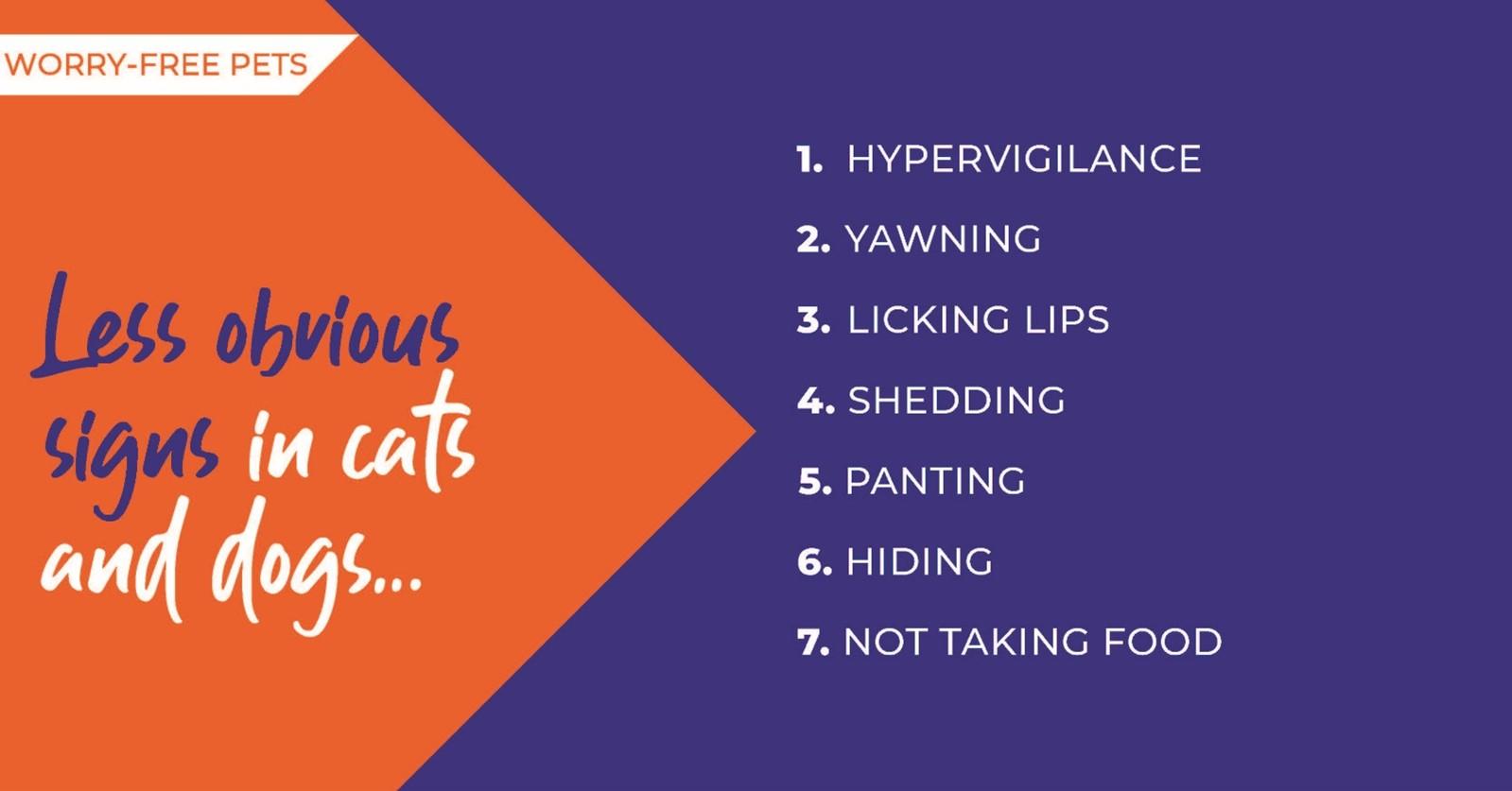
Pet Owner’s Guide: Must-Know First Aid Tips for Furry Friends
Pet Owner’s Guide: Must-Know First Aid Tips for Furry Friends
As any devoted pet owner will attest, our furry companions are more than just animals; they are cherished members of our families. Their wagging tails, soothing purrs, and playful antics bring immeasurable joy into our lives. Though, just like humans, pets can face unexpected health challenges, and being prepared can make a world of difference in a crisis. This article serves as your essential guide to pet first aid—equipping you with indispensable knowledge and practical tips that can help ensure your beloved pets stay safe and healthy. From managing minor injuries to recognizing signs of serious distress, we delve into the must-know first aid techniques every pet owner should have in their toolkit, empowering you to act swiftly and confidently when it matters most. Together, let’s embark on this journey to becoming the best guardians we can be for our furry friends.
Table of Contents
- Understanding Common Pet emergencies and How to Respond
- Essential First Aid Supplies Every Pet owner Should Have
- Recognizing Signs of Distress in Your pet
- Administering Basic first Aid Techniques for Cats and Dogs
- The Conclusion

Understanding Common Pet Emergencies and How to Respond
As a devoted pet owner, recognizing the signs of a potential emergency can save your furry friend’s life. It’s crucial to be prepared for situations such as choking, heatstroke, or poisoning. Here are some common pet emergencies to be aware of:
- Choking: If your pet is pawing at its mouth,gagging,or unable to breathe,inspect its throat carefully. Do not place your fingers in without caution, as this might push the object deeper.
- Heatstroke: Signs include excessive panting, drooling, and lethargy. If your pet becomes overheated, immediately move it to a cooler area and offer water.
- Poisoning: Symptoms can vary widely but may include vomiting, diarrhea, or seizures. If you suspect poisoning,contact your vet or an emergency animal hospital without delay.
In case of any of these emergencies,quick action is key. This can involve basic first aid techniques tailored to each situation:
| Emergency Type | First Aid Response |
|---|---|
| Choking | Perform the Heimlich maneuver for pets (using thrusts just below the rib cage). |
| Heatstroke | Cool down with wet towels and provide small sips of water. |
| Poisoning | Identify the poison source and induce vomiting only if advised by a vet. |

Essential first Aid Supplies Every pet Owner Should Have
When it comes to your furry friends,being prepared for emergencies is crucial. Stocking your first aid kit with essential supplies can make all the difference in critical situations. Some of the must-have items include:
- Adhesive Bandages: Perfect for minor cuts and scrapes.
- Antiseptic Wipes: Useful for cleaning wounds before treatment.
- Gauze Pads and Tape: Critically important for dressing larger injuries.
- Instant Cold Packs: Great for reducing swelling or pain from sprains.
- Pet Thermometer: To check for fevers, essential in illness assessment.
Additionally, consider including items that cater specifically to your pet’s needs. A handy checklist can help ensure you’re fully prepared:
| Item | Purpose |
|---|---|
| Pet Eye Wash | For flushing out irritants from eyes. |
| Styptic Powder | To stop bleeding from nail trims. |
| Emergency Contact Numbers | Including your vet and nearby animal hospitals. |
| Flashlight | For emergencies in low light situations. |

Recognizing signs of Distress in Your Pet
As a devoted pet owner, it’s essential to keep a watchful eye on your furry companions. Recognizing changes in their behavior can help you identify signs of distress early on.Common indicators of discomfort or unease include:
- Excessive Barking or Meowing: An unusual increase in vocalization may signal anxiety or distress.
- Change in Appetite: A sudden disinterest in food or water can hint at underlying health issues.
- Isolation: If your pet is suddenly seeking solitude, it could be a sign that they are not feeling well.
- Unusual Grooming: Over-grooming or lack of grooming may indicate stress or discomfort.
Physical signs can also be critical in assessing your pet’s wellbeing. Look for these physical manifestations that could suggest distress:
- Labored Breathing: Difficulty in breathing might point to respiratory problems.
- Shaking or Trembling: Physical tremors can be a response to fear or pain.
- Changes in Posture: A hunched back or cowering can indicate that your pet is experiencing discomfort.
- Eyes and Ears: Red, watery eyes or ears that are hot to the touch may imply pain or illness.

Administering Basic first Aid Techniques for Cats and Dogs
Knowing how to administer basic first aid to your furry companions can be a game-changer in emergency situations. Always remain calm and assess the situation before taking action. Familiarize yourself with common injuries and first aid techniques, which can include:
- CPR (Cardiopulmonary Resuscitation): If your pet is unresponsive and not breathing, use gentle chest compressions and mouth-to-nose breathing techniques.
- Control Bleeding: Apply a clean cloth or soft bandage to the wound, applying pressure until the bleeding stops.
- Stabilize Fractures: Use a splint made from rigid materials to immobilize the injured area until you can get professional help.
To ensure you’re prepared, keep a well-stocked first aid kit for pets. Here are some essential items you should include:
| Item | Purpose |
|---|---|
| Bandages | For covering wounds and controlling bleeding. |
| Antiseptic wipes | To clean wounds and prevent infection. |
| Gauze pads | To absorb blood and protect injuries. |
| Scissors | For cutting bandages and gauze. |
| Tweezers | To remove splinters or ticks. |
The conclusion
being a pet owner comes with the immense joy of companionship, but it also carries the responsibility of safeguarding our beloved furry friends. By equipping yourself with these essential first aid tips, you’re not only preparing for unforeseen circumstances but also enhancing your ability to respond swiftly and effectively during moments of crisis. Remember, the bond between you and your pet thrives on trust and care, and having the knowledge to provide immediate assistance can make all the difference. Embrace your role as a guardian and ensure your four-legged family members are healthy, safe, and happy. After all, a well-informed owner is a pet’s best ally. So, keep these tips handy, stay alert, and never hesitate to seek professional help when needed.Your furry friends are counting on you!





